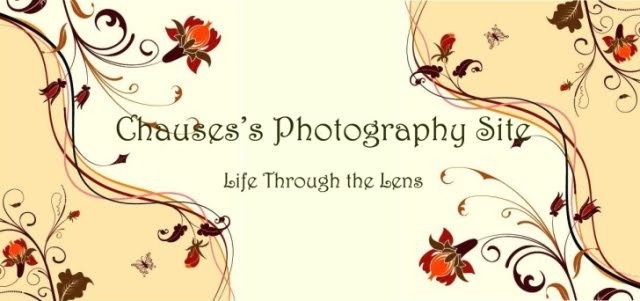Image source http://photography.tutsplus.com/
It took me a bit of time to understand aperture and the whole f/number system, but it worth investing time to understand it as it is one of the core elements in photography, so here we go!
Let's first look at the definition of Aperture (measured in f-stops)- Aperture is the size of opening in the lens, which determines how much light will get through and fall onto the sensor of the camera given an amount of time (shutter speed). The lens in some sense is like the pupil of our eyes, in bight locations our pupil automatically have a smaller opening as there is enough light for us to see clearly, and in dark location our pupil will open up to allow more light to get through. If you have a cat you will probably understand the relationship between pupil opening size and available light!
In another word, in a low light situation, the faster (shutter speed) we want our camera to identify what is in front of it, the bigger the lens opening (aperture) is needed. If the opening of the lens is small, then we will need to allow longer time for the camera to identify the object in front of it. Think about it as in waking up in the midnight going to the bathroom....lol if we turn on the light we can find our way to the bathroom almost immediately, but if we let the light out then it will take some time to go to the bathroom without bumping into things around.
Ok, now it is the whole fraction system that is most confusing (especially I am not a math person!). If you love food like I do, I've got a way here to understand it LOL! Now let's think about a whole big 24" yummy supreme pizza - we are in charge of cutting it, so if we want super large piece then we might just cut it in half (f/2) and then we will get 2 big pieces of pizza. If we are not that that hungry or of you are like me trying to lose some weight, then we want a smaller piece - so let's go to an extreme and cut the pizza into 22 pieces (f/22) and now we have a tiny piece of pizza. So think about it as less cuts of the pizza (smaller f/number) - bigger piece of pizza (bigger opening of the lens) and vice versa.
I hope this is helpful to some of us trying to understand aperture, later on we shall look at Depth of Field :)
Let's keep learning!




















